It is necessary for a professional foundry person to know this scrap knowledge!
Scrap knowledge is integral to the efficient and effective operation of a foundry, impacting cost, quality, safety, and environmental considerations. Professional foundry personnel should have a solid understanding of how to manage and reduce scrap in their operations.
View More Articles:
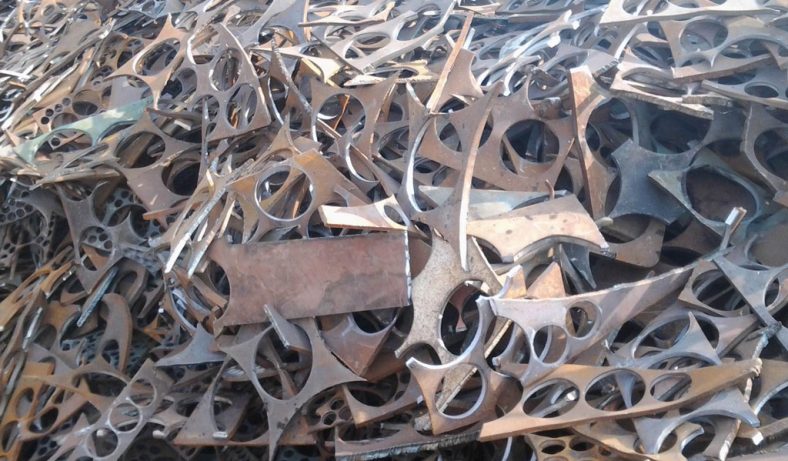
Scrap steel is a general term for ferrous metal scrap in scrap metal recycling. It includes several categories such as scrap steel, scrap iron, slag steel, and oxidized scrap.
There are more than a dozen varieties such as carbon scrap, alloy scrap, steel scrap, iron scrap, oxide scrap, light and thin material, and steel slag.
It is important for a professional foundry person to have knowledge of scrap in the context of metal casting and foundry operations. Scrap knowledge can be critical for several reasons:
- Cost Management: Understanding the types and sources of scrap helps in managing costs. Minimizing scrap reduces material wastage and saves money on raw materials.
- Quality Control: Scrap can be a result of defects or impurities in the casting process. Recognizing the causes of scrap can lead to improvements in casting quality.
- Process Optimization: Knowledge of scrap can lead to process improvements. By identifying the reasons for scrap, a foundry professional can implement changes to reduce or eliminate these issues.
- Environmental Impact: Reducing scrap can also have environmental benefits, as it reduces the amount of material that needs to be melted and processed.
- Safety: Some types of scrap can be hazardous, such as sharp or jagged edges. Understanding how to handle and dispose of scrap safely is crucial for workplace safety.
- Customer Satisfaction: Minimizing scrap and delivering high-quality castings can lead to greater customer satisfaction and repeat business.
- Compliance: Depending on the industry and location, there may be regulations related to the disposal and recycling of scrap materials. Compliance with these regulations is essential.
According to different specifications and quality requirements, reasonable planning and classification of varieties, even if they are fully utilized, are beneficial to production. Scrap iron and steel are roughly divided into four categories and more than a dozen varieties according to the current customary classification. 1. Scrap steel; 2. Scrap iron; 3. Oxidized waste; 4. Slag steel.
The Classification Of Scrap Steel
- Carbon steel scrap: various carbon steel scraps with plate thickness above 2mm, wire diameter above 4mm, unit weight above 0.25 kg. Including scrap steel, leftover materials, steel products, steel castings, scrap machine parts, steel agricultural tools, etc., and alloy scraps must not be mixed.
- Alloy steel scrap: The specification requirements are the same as those of carbon steel scrap, including various alloy steel scraps, mechanical parts, alloy steel castings, etc. Alloy steel shall be separated according to different steel grades, and carbon scrap shall not be mixed.
- Lightweight materials: thin plate scraps, silicon steel sheets, iron drums, packaging iron sheets, car cabs with a thickness of less than 2mm, scrap steel wires, iron wires, steel ropes, etc., with a diameter of less than 4mm. The yield per ton is below 60%, and the converter steel production refuses to eat back. Generally, it is similar to light and thin materials, baling, briquetting, etc., which are exclusively used for the production of furnace steel, but the production of converter steel should be determined according to the resource situation.
- Steel scraps: do not mix iron scraps, no impurities, no oxide blocks, no non-ferrous metals, separate long and short scraps, and separate carbon steel scraps from alloy steel scraps.
- Waste gray iron: waste gray iron castings, machine bed bodies, low pressure valves, steel ingot molds, sandboxes, radiators, etc., regardless of size.
- Waste white iron: iron pots, ploughshare steel mills and other waste white iron castings, regardless of size.
- Recycled iron (commonly known as soil iron): both high-sulfur iron and lump pig iron smelted from soil blast furnace, including soil steel ingots, iron slag, etc., regardless of size.
- Fire-burning iron: cast iron parts whose surface has been oxidized and deteriorated after long-term fire, such as stoves, furnace bars, smelting tanks, etc.
- Malleable iron (ma steel): all kinds of pipe joints, wrenches, automobile rear axles and mechanical forgeable castings, etc.
- Pig iron filings: steel filings, non-ferrous metals and other impurities shall not be mixed, and they shall not be oxidized and agglomerated.
- Iron oxide scale: the scales that fall off during the process of rolling steel in the rolling mill and when the steel mill cleans the steel ingot, the iron content reaches more than 60%, and there is no impurities, no agglomeration, and no non-ferrous metals.
- Iron mud: The dust blown out of the oxygen top-blowing converter in the steelmaking plant, and the iron mud ground by the grinding plant, the iron content is about 55%.
- Steel slag: the steel content is required to be above 60%, regardless of size.
- First-level briquette: the density is greater than 1.5t/m3.
- Secondary briquette: the density is greater than 1t/m3.
- The first grade pig iron briquetting: the density is greater than 3t/m3.
- Second-level pig iron briquettes: the density is greater than 2t/m3.
- First-level hot briquette: the density is greater than 2t/m3, and the briquette oxidation overburn does not exceed 5%.
- Secondary hot briquette: the density is greater than 1.5t/m3, and the briquette oxidation overburn does not exceed 1 – 15%.
- Light material hand bundle: tightly tied, the loading and unloading truck is not loose, not loose, the size of the bundle can be convenient to enter the furnace and fill the beach.
Comparison of domestic and foreign steel scrap standards:
- Chinese market: heavy waste = 6mm, medium waste = 4mm
- American market: HMS1=6mmHMS2=4mm
- European market: E1=6mm E2=4mm
- Japanese market: Remelting HS1=6mm Remelting HS2=4mm
The Difference Between Ordinary Scrap Steel And Scrap Stainless Steel
There will be some scraps in the process of machining stainless steel round steel and stainless steel flat steel. These scraps are also fully utilized by many companies. But everyone will be curious whether such scrap stainless steel is the same as ordinary scrap steel. If they are not the same between them What’s the difference?
- The difference between toughness and hardness: ordinary scrap steel is soft and tough, easy to bend and not broken; chromium stainless steel scrap is hard, and can not be broken when hit; nickel-chromium stainless steel is tough, and can not be broken when hit.
- The difference in oxidation resistance: ordinary scrap steel is easy to oxidize and rust, and is yellow; chromium stainless steel scrap is not easy to rust; nickel-chromium stainless steel scrap is not easy to rust.
- The difference in color: ordinary steel scrap is dark brown; chromium stainless steel scrap is white after pickling; unpickled is brown-black; nickel-chromium stainless steel is pickled and silver-white; unpickled is brown and white (chromium manganese Nitrogen steel is black and hard in nature); cold-rolled and unannealed is silver-white, reflective and hard in nature.
- Difference in magnetism: Be-Cu.com believes that ordinary steel scrap can be attracted by magnets under any circumstances; chromium stainless steel scraps are magnetic and can be attracted by magnets; nickel-chromium stainless steel scraps are non-magnetic when they are annealed. After cold working, there will be a little magnetism, but high manganese steel and chromium-manganese steel with higher manganese content are not magnetic.
- The difference in gloss: ordinary scrap steel is shiny without oxidation; chromium stainless steel scrap is dull; nickel-chromium stainless steel scrap is shiny.
- The difference of wiping with copper sulfate: ordinary scrap steel is purple-red; chromium stainless steel scrap does not change color; nickel-chromium stainless steel scrap scrapes off the oxide layer, drip a little water, and copper sulfate does not change color when wiped.
The Detail Of BE-CU Die Casting Company
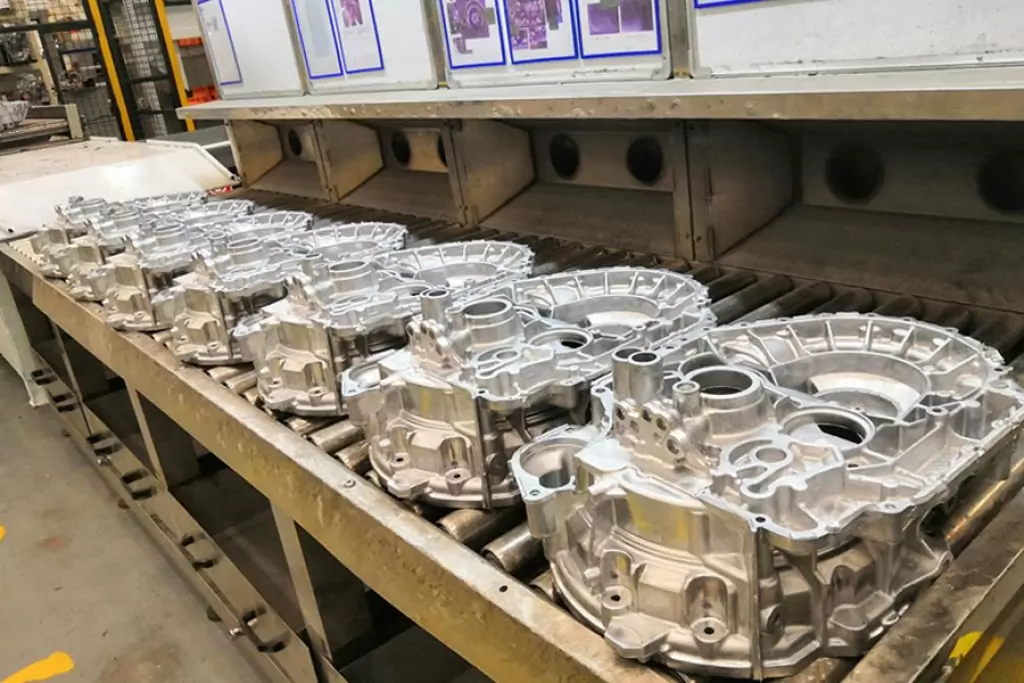
If you are looking for dependable volume manufacturing metal parts supplier with High pressure die casting service who offers you competitive price, good service and quality for aluminium die casting, zinc, or magnesium die casting, then BE-CU Prototype are surely a partner you are looking for to fulfill all your die casting needs. With quality service and state of art technology, BE-CU indeed claim in providing quality pressure die casting including aluminum/zamak/magnesium alloy castings to our customers all over the world.
To work with us,be-cu don’t just stop at taking your order and delivering your die casting products. be-cu are there for you at every step right from your preferred selection of aluminum die casting, Zamak die casting (Zamak 2, Zamak 3, Zamak 5, Zamak 8) or magnesium die casting products and services to post-order phase. In brief, once you become our customer, be-cu are with you every step on the way.
-
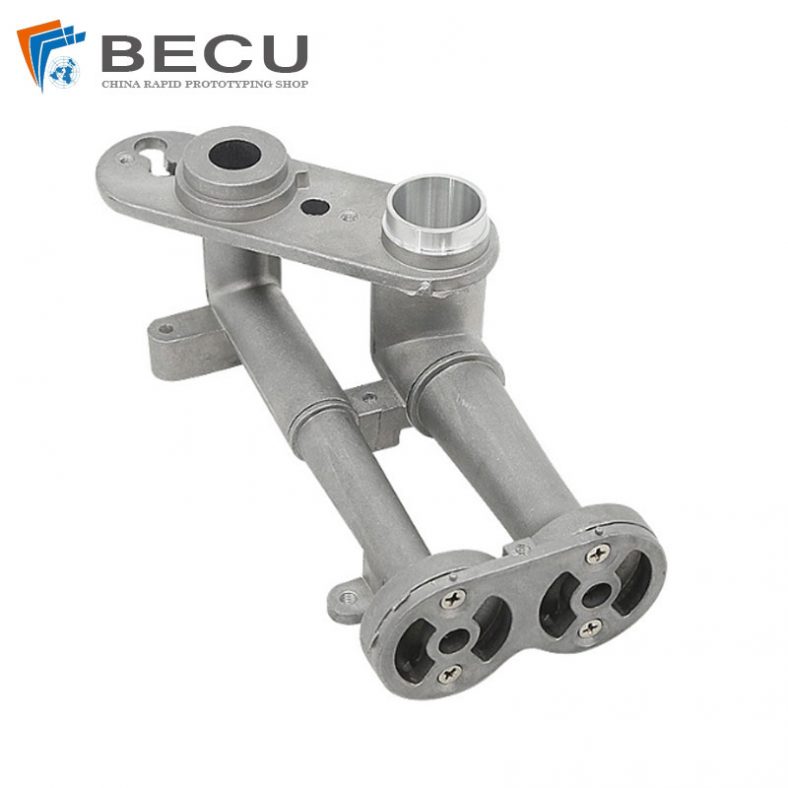
CNC Machining Gas Stove Bottom Joint
-
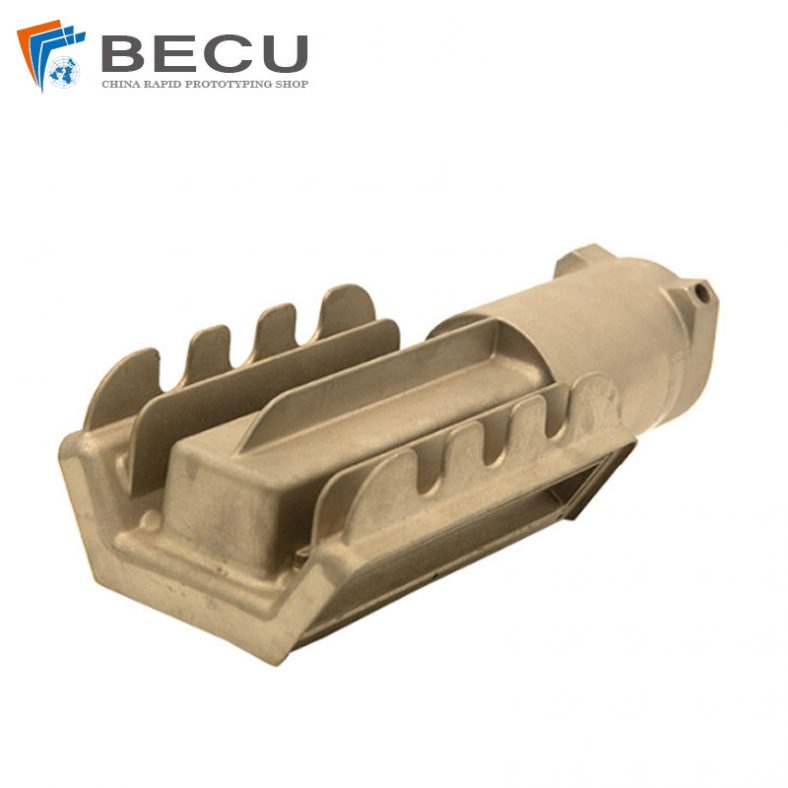
Gravity Die Casting Custom Street Light Heat Sink
-
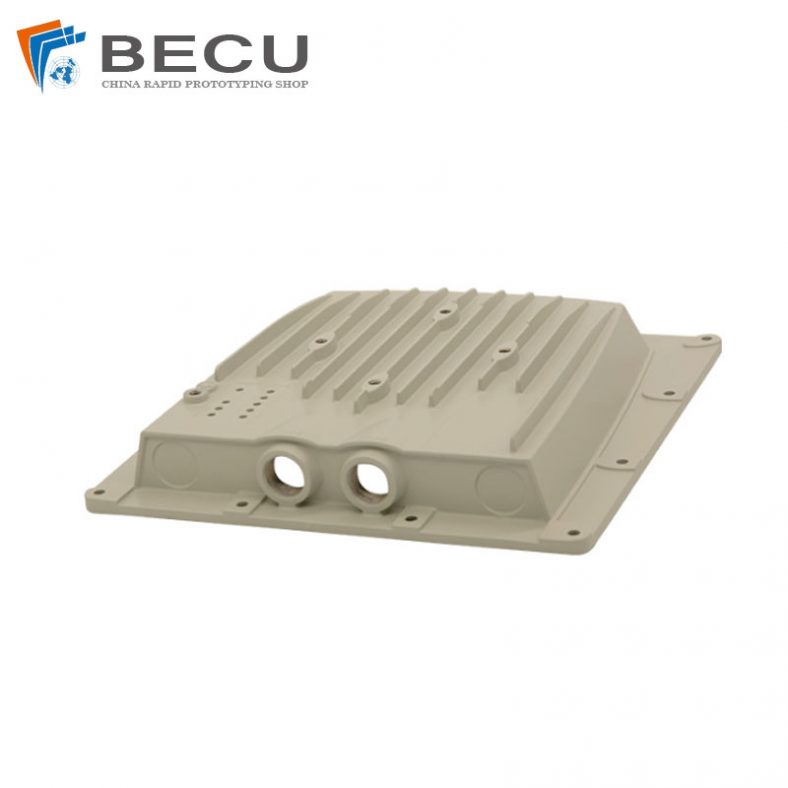
Die Casting LED Canopy Lights Heatsink For Gas Station
-
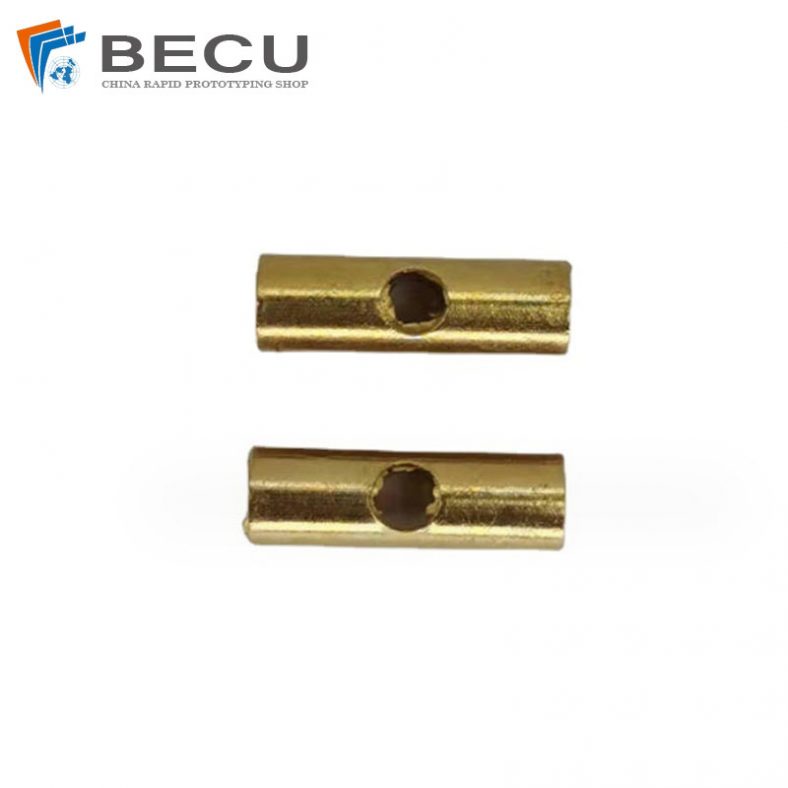
Zinc Die Casting PA10 Transformer Connector Terminal
-
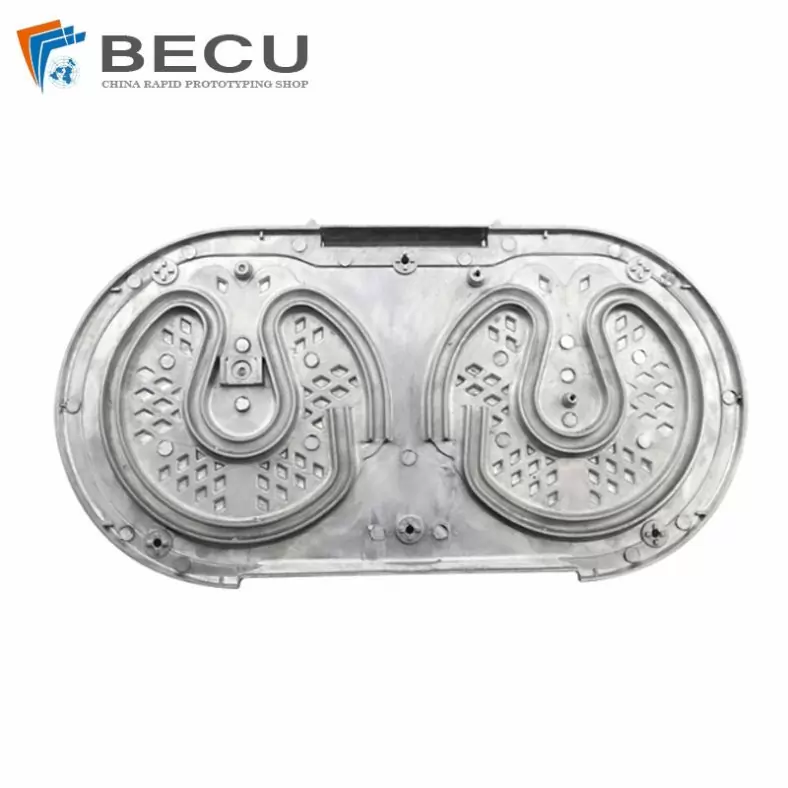
Die Casting Aluminium Cookware Chassis
-
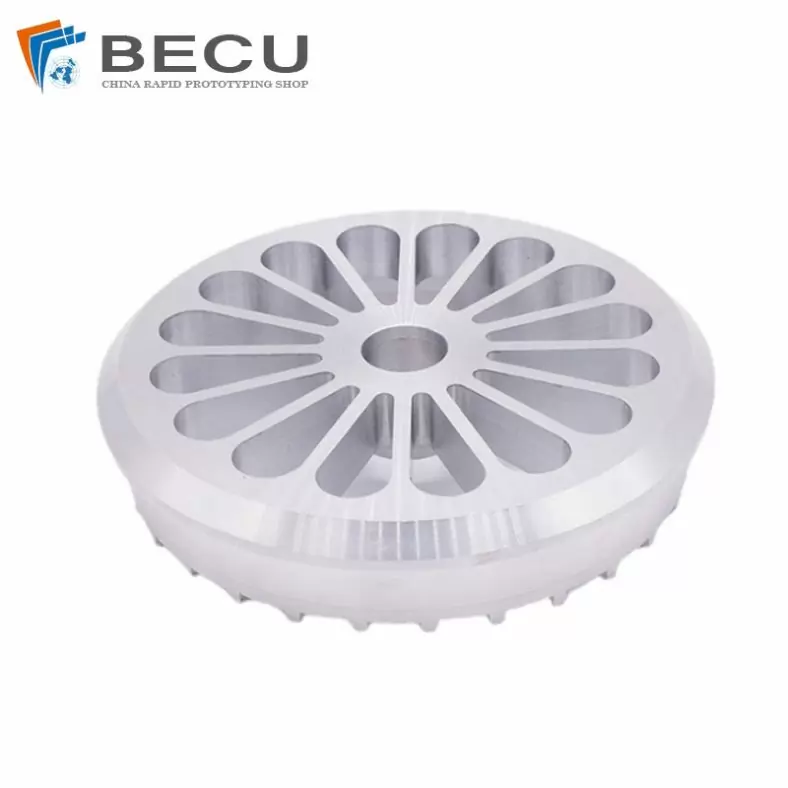
Die Casting Wheels With Aluminum Alloy 5 Axis CNC Machining
-
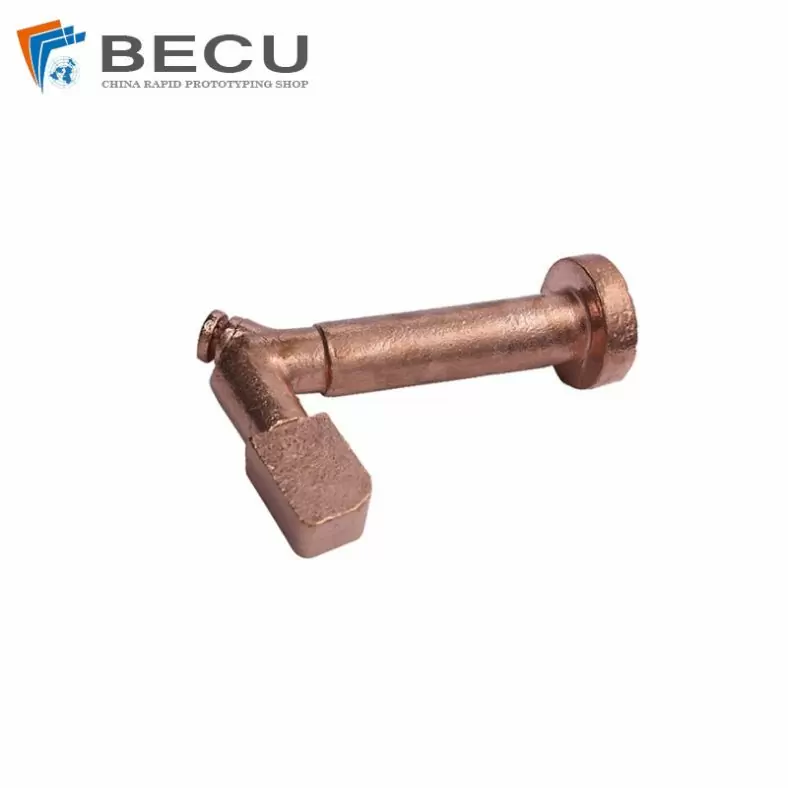
Precision Machined Copper Die Casting Parts
-
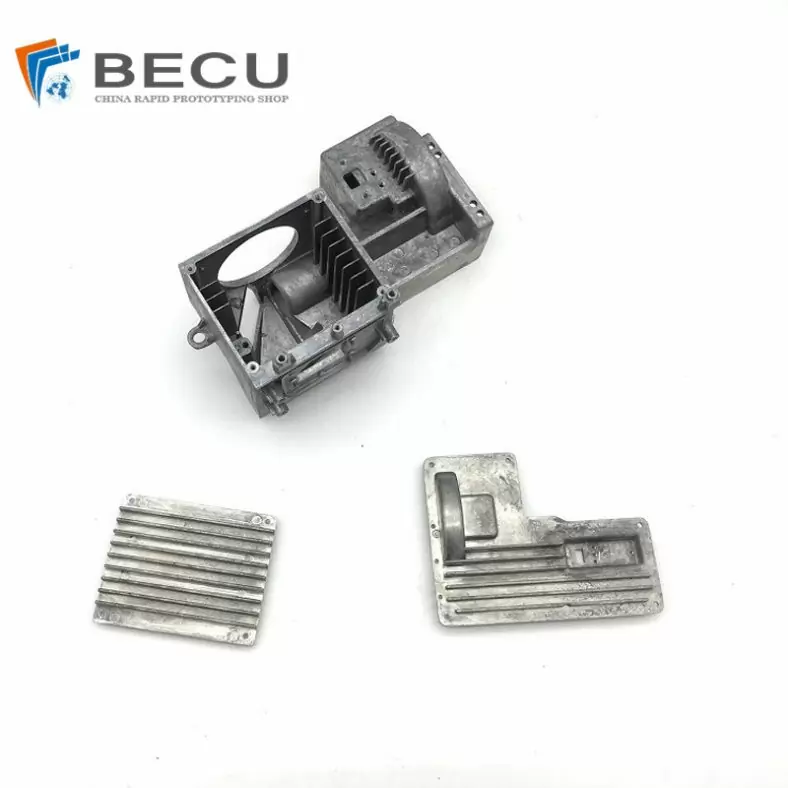
Professional Small Baler Aluminum Alloy Die-casting Mold Production
-
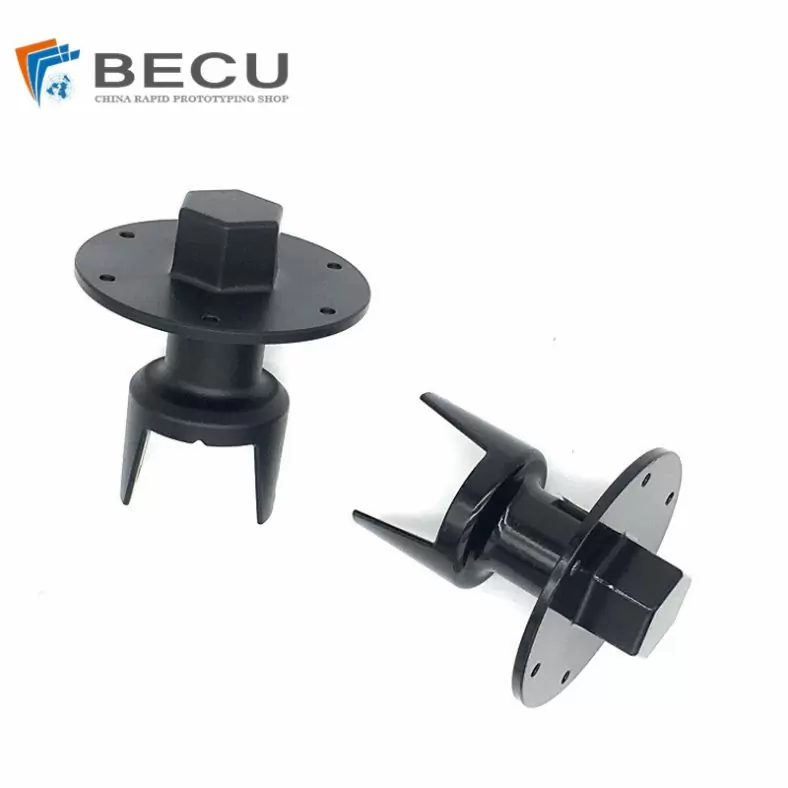
China Die Casting Factory Manufactures Surface Sprayed Aluminum Valve Body
-
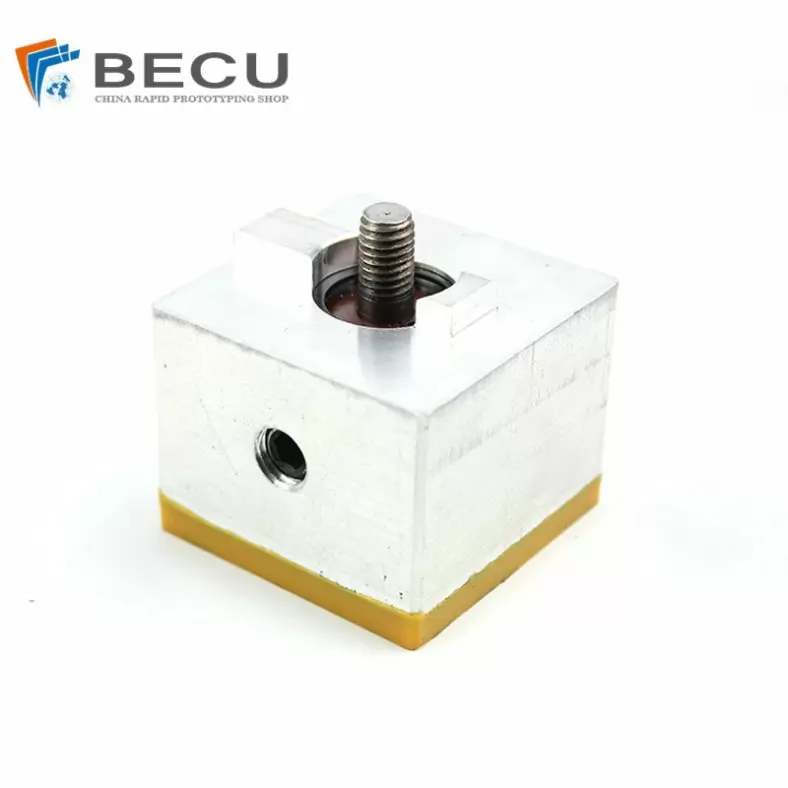
Extrusion Die-casting Polyurethane-Coated Aluminum Alloy Profiles
-
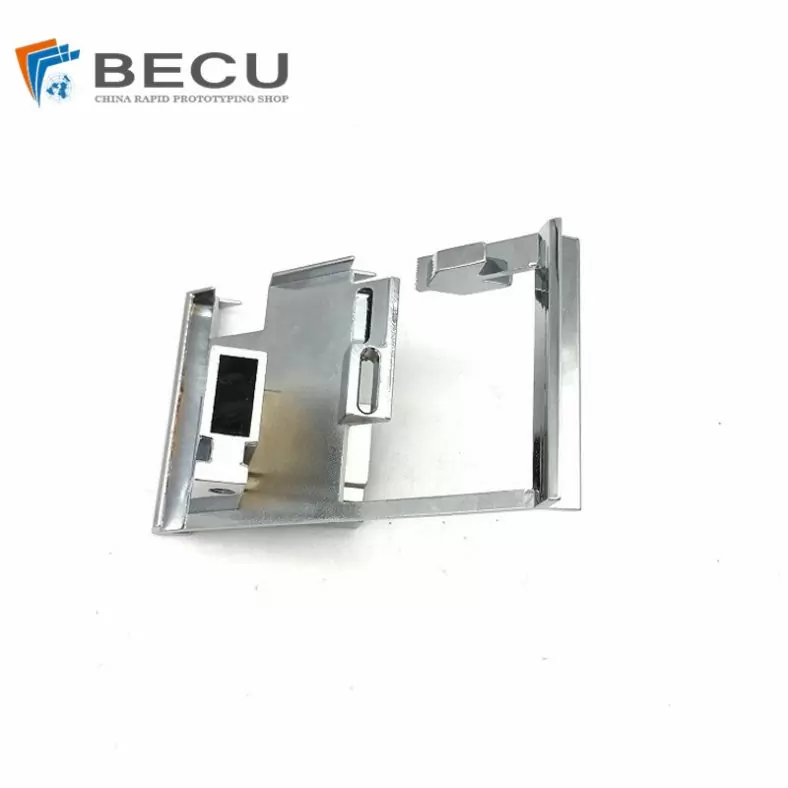
Custom Precision Aluminum Die Cast Brackets and Finishes
-
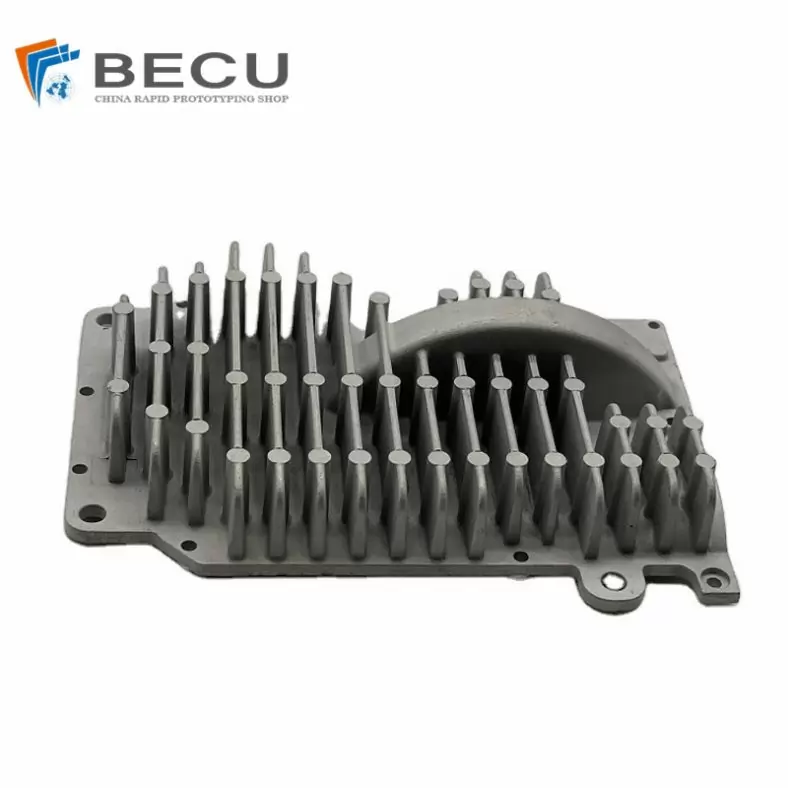
Extrusion Die-casting Magnesium Alloy Heat Sink Shell
